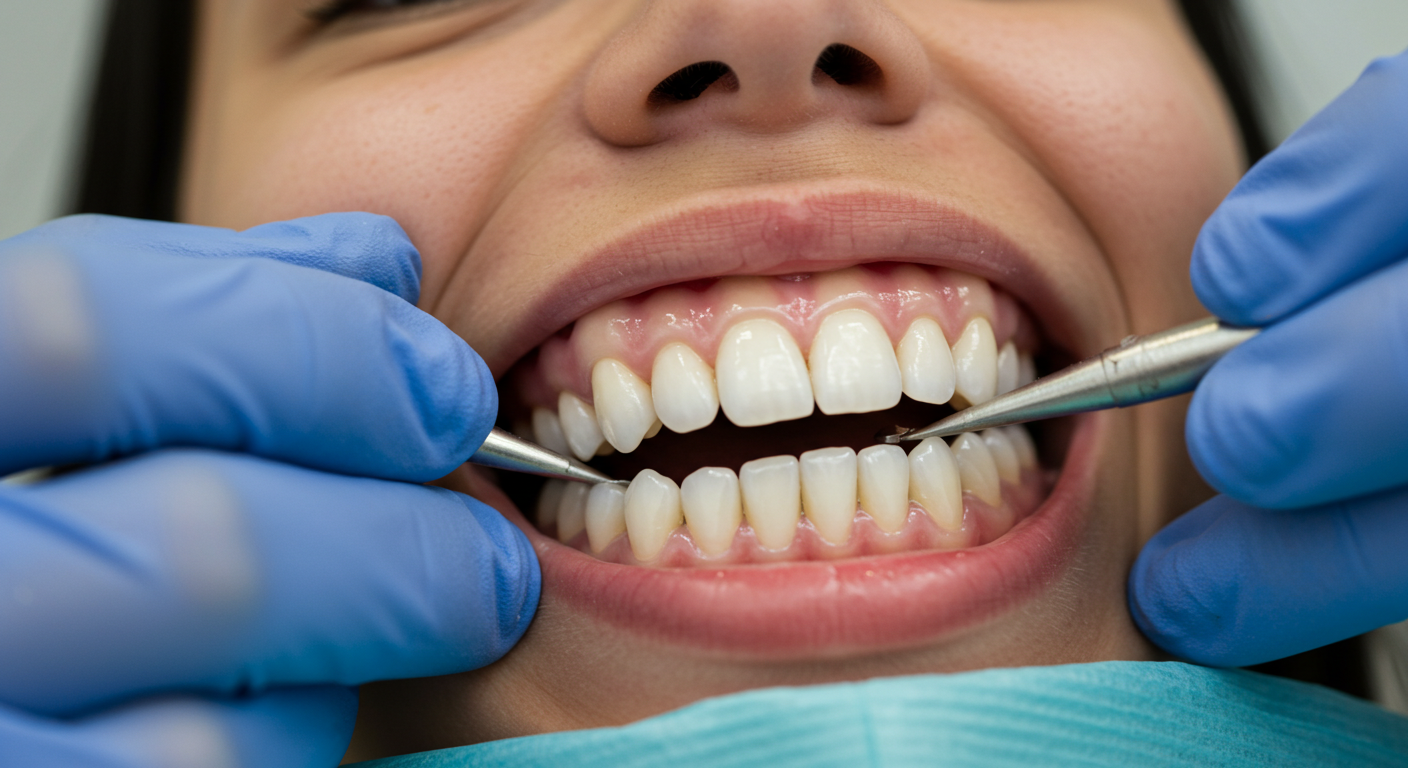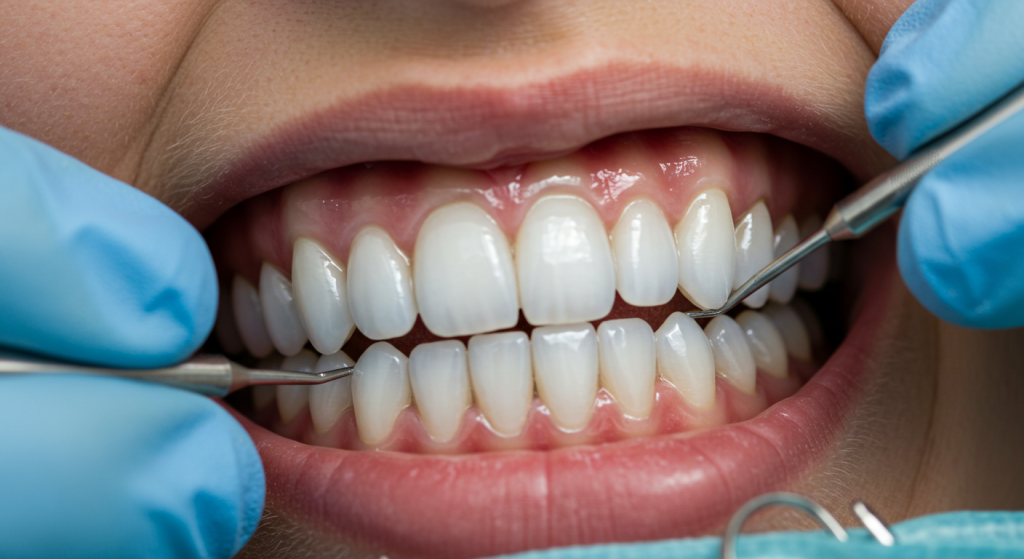
Ceramic veneers have become a leading solution in cosmetic dentistry, offering a durable and natural-looking way to enhance smiles. Designed to correct discoloration, chips, gaps, and minor misalignments, these thin porcelain shells provide both aesthetic and functional benefits. In this article, we explore the key advantages of ceramic veneers and walk through the application process—shedding light on why they continue to gain popularity among patients and dental professionals alike.
Advantages of Ceramic Veneers
Ceramic veneers, often described as thin shells of porcelain, are a popular choice in the realm of cosmetic dentistry. These highly aesthetic restorations are designed to cover the front surface of teeth, enhancing their appearance.
Natural Appearance
One of the standout features of ceramic veneers is their natural appearance. The translucency of the material mimics that of natural teeth, allowing for a more realistic look. This characteristic makes them an excellent choice for individuals who desire a subtle enhancement rather than a drastic change.
Stain Resistance
Unlike natural enamel, which can stain over time, ceramic veneers are highly stain-resistant. This property ensures that even with regular consumption of coffee, tea, or red wine, the veneers maintain their original brightness and color.
Durability
Ceramic veneers are celebrated for their durability and strength. When properly cared for, they can last over a decade, making them a long-term investment in dental aesthetics. Their resilience to chips and cracks adds an extra layer of assurance for those worried about long-term wear.
Minimally Invasive Procedure
The application of ceramic veneers is a minimally invasive procedure compared to other dental restorative options. Unlike crowns that often require significant alteration of the natural tooth structure, veneers typically require only a minimal amount of enamel removal, preserving much of the tooth’s integrity.
Application Methods of Ceramic Veneers
Consultation and Planning
The journey begins with a thorough consultation, where a dentist assesses the patient’s dental needs and aesthetic goals. During this phase, various imaging techniques like digital scans and X-rays may be utilized to devise a personalized treatment plan.
Tooth Preparation
Once the treatment plan is established, the next step involves tooth preparation. This typically includes removing a small amount of enamel to ensure the veneer fits seamlessly and comfortably. The dentist may take impressions of the prepared teeth, which will serve as a guide for crafting custom-fit veneers.
Fabrication of Veneers
The impressions are sent to a dental laboratory, where skilled technicians create the ceramic veneers. The fabrication process typically takes about one to two weeks, during which temporary veneers may be placed to protect the prepared teeth.
Bonding the Veneers
Once the permanent veneers arrive, the dentist will bond them to the teeth using a special dental adhesive. This procedure involves careful adjustments to ensure the perfect fit and alignment, followed by polishing to achieve a realistic shine.
Considerations Before Getting Ceramic Veneers
While the benefits of ceramic veneers are numerous, there are important factors to consider before pursuing this treatment. Patients should discuss their expectations with their dentist to ensure that veneers are the right solution for their specific dental concerns.
Cost Considerations
The cost of ceramic veneers can vary significantly based on location and dentist expertise. Generally, porcelain veneers are considered a cosmetic procedure and may not be covered by dental insurance. Patients should be prepared for the investment, which typically averages between $800 and $2,500 per tooth.
Long-term Care
After the application, maintaining oral hygiene is crucial to prolonging the life of veneers. Regular brushing, flossing, and dental check-ups can help prevent issues and ensure that the smile remains vibrant for years to come.
Popular Cosmetic Dentistry Methods
For those considering cosmetic enhancements, it may be helpful to explore other options in conjunction with or as alternatives to ceramic veneers. These can include teeth whitening, bonding, or crowns. For more detailed insights into the most common types of cosmetic dentistry methods, check out this informative article: Cosmetic Dentistry Methods.
In summary, ceramic veneers offer exceptional aesthetic enhancements with numerous advantages ranging from durability to natural appearance. As a cosmetic dentistry option, they continue to gain popularity among those seeking a radiant smile. For those interested in exploring ceramic veneers or other cosmetic dental solutions, consider reaching out to Sho Dental Laboratory for expert guidance and services tailored to your needs.

